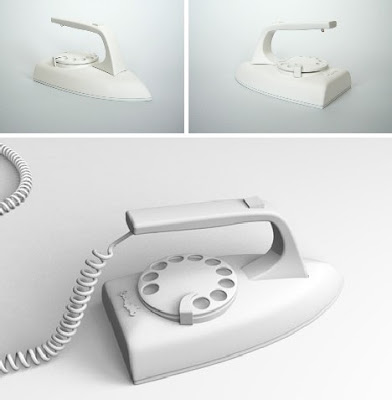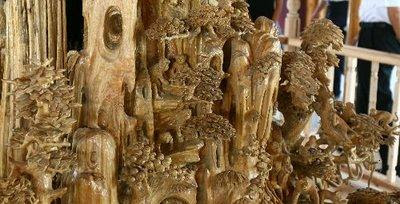
The 63-year-old, who uses insects as living paintbrushes, dips the insects in paint, places them on a blank canvas and lets their movement create a string of colourful paintings.Artist Steven Kutcher of Los Angeles, who paints with moths, beetles, spiders, flies, honey bees, butterflies, grasshoppers - and even Hissing Cockroaches from Madagascar.
Mr Kutcher, a keen environmentalist, who has a master's degree in entomology, said: "I can switch colours and even insects to create the effect I am looking for. If a bug is sensitive to light, I can influence its movement on the canvas by controlling the lighting. Insects have different footprints and behaviours so I use both my entomological and artistic knowledge to create fine works of art."
"I use water-based, nontoxic gouache paints which easily wash off. I have to take good care of them. After all, they are artists," he added.

Living paintbrush: One of Steven's beetles.

The Bug Picture: Another masterpiece?

The man behind the magic: Steven Kutcher.

Arty: Another masterpiece from Van Moth.

Bright spark: Steven's canvas is awash with primary colours.































